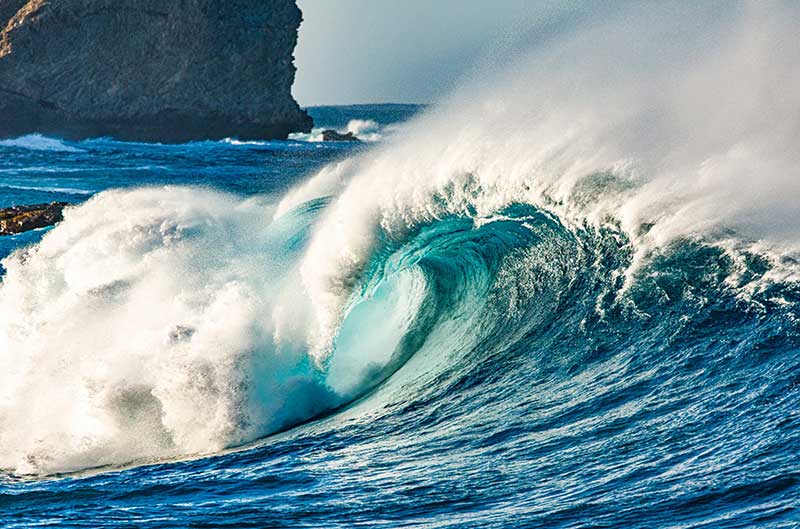
Image credit: lindsay_imagery, iStock
PFAS compounds are seemingly ubiquitous in streams, seas, and groundwater, and new research shows that they are even found in the air. Scientists have now identified sea spray as another way PFAS are transported throughout the environment.
When waves crash in the ocean, they give off tiny droplets, or aerosols, that can carry chemical compounds into the atmosphere. By sampling the air over the ocean, researchers can figure out what compounds have entered the air from the seawater below. The two sites in this study, located in Norway near the North Atlantic Ocean, had air that contained PFAS. The levels of PFAS in the samples were closely linked to salt levels, indicating that the PFAS got there via sea spray.
PFAS have exceptionally strong chemical bonds that prevent them from easily breaking down in the environment. Even the PFAS compounds that are generally not produced anymore, such as PFOS, are expected to persist in water sources for a long time. One of the ways experts hoped these contaminants could be dissipated is by flowing out to sea. This research shows that is not necessarily the case.
Michael Salter, a marine biogeochemist at Stockholm University and a coauthor of the study, says that people shouldn’t worry too much about breathing in the chemicals when they’re at the beach. The greater concern is that when PFAS enter the atmosphere, it helps them travel great distances inland where they can once again contaminate food and water.
“There’s a mechanism by which they can come back to haunt us,” says Salter. This new evidence will help scientists better understand how PFAS circulate in the atmosphere and enter water bodies that may not be near sources of known PFAS input.

